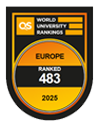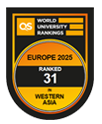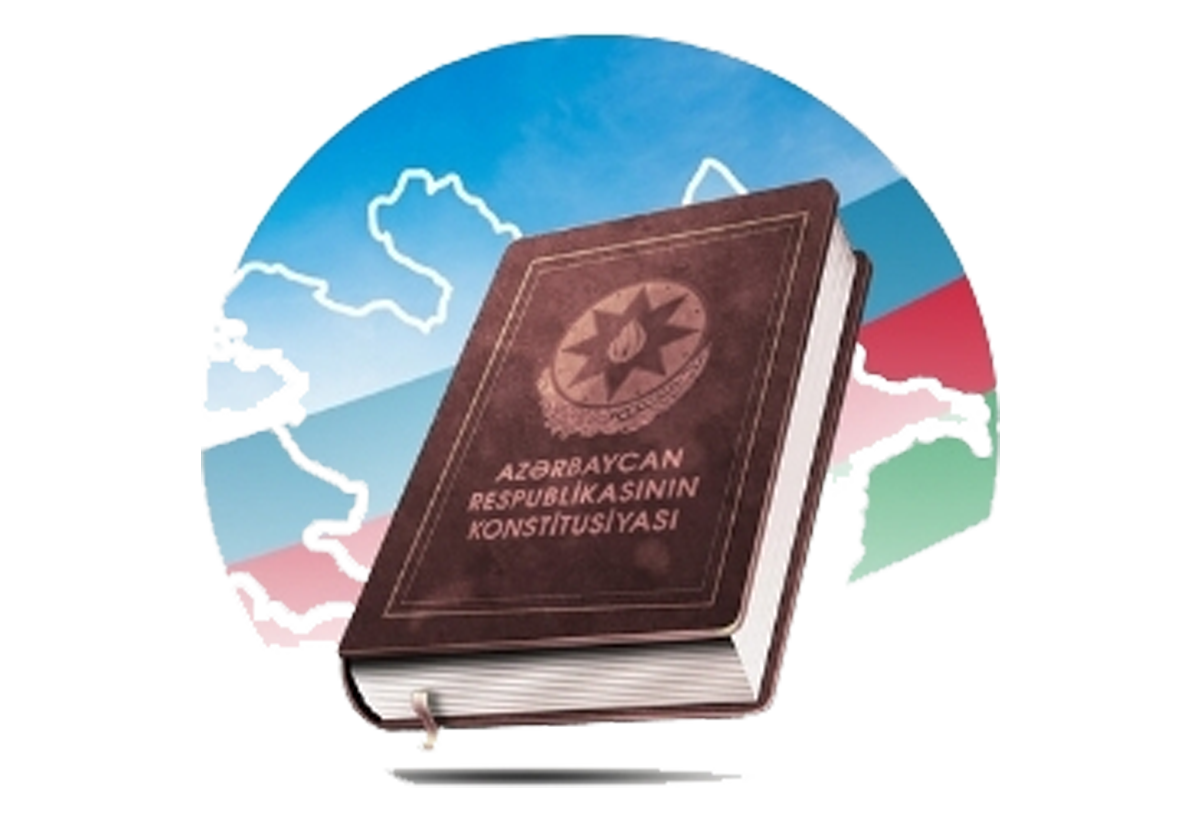Blood memory of our history
For 24 years, our people have been celebrating March 31 as the day of the genocide of Azerbaijanis by the decree of national leader Heydar Aliyev dated March 26, 1998.
The twentieth century has ended for our people as a century of tragedies, massacres and genocides. With the participation of Russian-Bolshevik, Armenian-Dashnak military units, our people have been exposured to repressions, genocide and deportation five times at the state level (1905-1906, 1918-1920, 1930-1936, 1948-1955, 1988-1993).
The Dashnaktsutyun terrorist organization and the armenian nationalists and christians gathered around it with the support of the Russian in order to realize the dream of "Greater Armenia" at the expense of Turkish-Azerbaijani lands. Such conditions were created by the revolutions that took place in Russia after February 1917 and in October 1917. O. Kochaznuni, who was the Prime Minister of Armenia in 1918-1920, said, "There is one thing left for Dashnaktsutyun!" He wrote in his book: “In February 1917 the Russian revolution took place. Unexpectedly, new perspectives were opened for us. It is as if with the February revolution, the Armenian issue has entered a new era.
In March 1918, there were several Russian and Armenian soldiers in Baku who had returned from the Caucasus front and had to go home. Of those 12,000 troops 75 percent were Armenians. In addition, 7,000 Armenian soldiers and officers from different places were brought to Baku. Thus, the military force that Shaumyan and the Dashnaks gathered in Baku to carry out the policy of terror and genocide against the Azerbaijanis reached about 20,000.
In March 1918, the socio-political situation in Baku was extremely tense. The Baku Soviet led by Shaumyan was seriously concerned about the confident struggle of Musavat, the strongest political party in the South Caucasus, for Azerbaijan's territorial autonomy and political power. By committing a national massacre, they tried to weaken the social base of the Musavat party and undermine the Azerbaijani national movement. The leadership of the Baku Soviet well aware of the weakness of the Azerbaijani military in Baku, was preparing for a massacre to muslims. The arrest of general Talishinsky, the commander of the muslim corps in Baku in January caused serious concern among the city's Azerbaijani population. The Armenian Dashnaks wanted to create an armed conflict between the Muslim population of the city and the Bolsheviks. However, due to the efforts of Azerbaijani politicians and intellectuals this conflict was prevented. Nevertheless, the Armenian nationalists carried out propaganda among the Russian soldiers in the spirit of hatred against the local population, trying to obstruct national reconciliation by all means. At a meeting of the Baku Soviet on March 15, Shaumyan said, "The Baku Soviet must become the main stronghold of the civil war in the South Caucasus," and in fact ordered the genocide of Azerbaijanis. The pretext for starting the massacre was the disarmament of the muslim ship Evelina on March 24. Residents of Azerbaijani neighborhoods protested and demanded the return of confiscated weapons. Although M.A. Rasulzade agreed to return the weapons through the Hummat organization, the Bolshevik-Dashnak government did not keep its promises. On March 30, the Revolutionary Defense Committee of the Baku Soviet was established to lead the fighting. The Armenian Bolshevik-Dashnak union began to hold rallies and demonstrations against Azerbaijanis in different parts of Baku. On the eve of the massacre, the Dashnaktsutyun party and the Armenian National Council, which had declared their neutrality, defended the Baku Soviet. At 16.40 on March 30, a Dashnak group gathered near an Armenian church and opened fire on Muslims. Early in the morning of March 31, Bolshevik-Dashnak groups attacked the "Brick", "Mammadli" and other neighborhoods inhabited by Azerbaijanis. Aircraft and naval ships began bombing these neighborhoods from the air. Armenians allegedly persuaded Russian sailors that Azerbaijanis would kill Russians in the old city. The sailors sent a representative and stopped firing after learning that it was a provocation. Muslims who were subjected to genocide in an unequal battle ended the resistance on March 31. Armenian nationalists attacked the peaceful Muslim population of the city. The population of the neighborhoods inhabited by Azerbaijans was killed by the sword.
From Nariman Narimanov's writings: "Even if a Muslim was a Bolshevik, they would not be spared." The Dashnaks said: "We do not know any Bolsheviks, it is enough to be a Muslim. They killed anyone they wanted, destroyed their homes. Not only men, but even pregnant women were not spared. "
After the Revolutionary Defense Committee accepted the ultimatum of the Azerbaijanis, it ordered to stop the fighting. However, the genocide of muslims lasted until the night of April 2. Bolshevik-Dashnak units destroyed and burned Azerbaijani public buildings, schools and cultural centers. They set fire to the Caspi printing house, the editorial office of the Achik Soz newspaper, the Ismailiyya building, and tore down the minarets of the Taza Pir mosque. As a result of the March genocide, 17,000 Azerbaijanis were killed in Baku. The savagery of the Armenians reached such a level that on one of the central streets of Baku or rather on the site of the current Museum of Literature named after N. Ganjavi women were forced to play under a black trumpet on the corpses of thousands of Azerbaijanis were killed, then tortured and cut with swords.
The atrocities of the Bolshevik-Dashnak forces were not limited to Baku. They also continued the genocide in Shamakhi, Guba, Kurdamir, Salyan and Lankaran districts. Dashnak gangs of S. Lalayans and T. Amiryan captured the people of Shamakhi on April 3-16. According to the figures in the acts signed and sealed by the members of the Emergency Commission of Inquiry, Armenians killed 8,027 Azerbaijanis in 53 villages of Shamakhi district, including 4,190 men, 2,560 women and 1,277 children. S.Shaumyan saved S.Lalayan from arrest for his crime. Amazaps, the commander of the Dashnak detachment sent to Guba in April, said, “I am a hero of the Armenian people and its defender! I came here to establish order and protect Soviet power. I have been ordered to destroy all Muslims in the area from the Caspian Sea to Shahdag.
Dashnak groups led by him set fire to 122 villages of Guba district. Armenian nationalists Kurdamir nationalists also committed terrible tragedies in Kurdamir, Salyan and Lankaran districts. The Muslim (Azerbaijani) genocide in the Baku province lasted until mid-September 1918. More than 20,000 Azerbaijanis were killed during this genocide.
Armenians managed to build their state on the tragedy of Azerbaijanis. These massacres and genocides committed by them in the 20th century are the result of hostile attitude towards Azerbaijanis by Shaumyan, Lenin, Mikoyan, Stalin, Gorbachev and others. These genocides must be studied,investigated and delivered to the peoples of the world by scientists during our independence.
Elmar KHALILOV, associate professor of Sumgayit State University, doctor of philosophy in History
Translation: Linguistic Center



